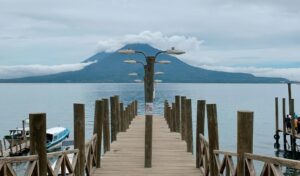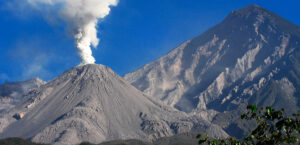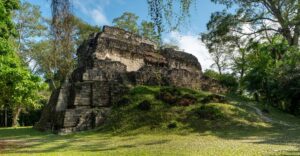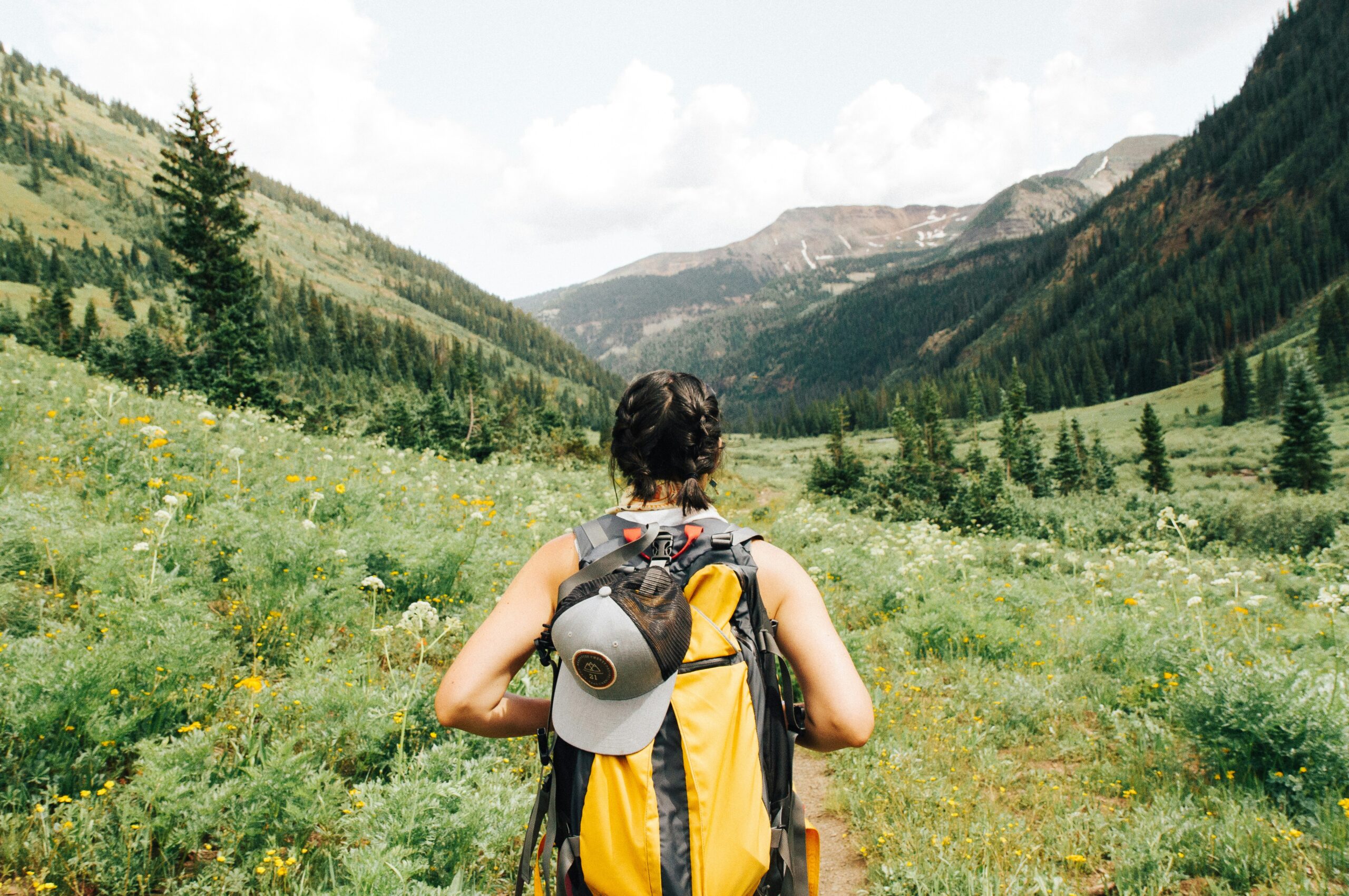
Essential Tips for Choosing the Right Hiking Safety Gear
When planning a hike, especially in volcanic regions, having the right hiking safety gear is crucial. This guide will help you understand what equipment you need, the functions of each item, and how to tailor your gear selection based on specific volcanic conditions. With the right preparation, you can enjoy your hike safely and comfortably.
Must-Have Hiking Safety Gear
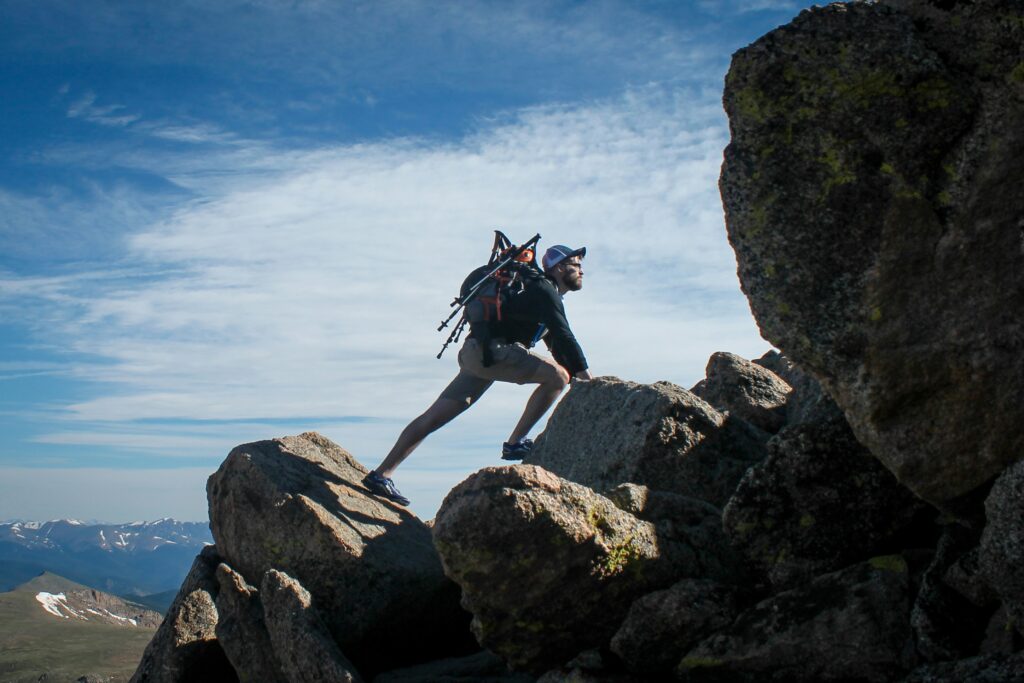
Hiking Boots
Hiking boots are essential for any outdoor adventure, offering durability and comfort alongside crucial ankle support. Designed to withstand rough terrain, they provide traction on uneven surfaces, ensuring stability and minimizing the risk of slips or falls. Their sturdy construction helps protect your feet from sharp rocks and debris, while the ankle support they offer reduces the likelihood of twisting or spraining your ankle during hikes. Choosing boots with these features is key to maintaining comfort and safety throughout your trekking journey.
Backpack
A backpack is essential for any hike, especially in volcanic regions. Choose a sturdy and spacious backpack with adjustable straps to ensure comfort and stability on the trail. Look for one with multiple compartments to help you organize your gear efficiently and a built-in hydration system to keep you hydrated throughout your hike. This setup will allow you to carry all your essential items comfortably and access them easily when needed.
Clothing
When selecting clothing for volcano hiking, opt for garments that are moisture-wicking, fire-resistant, and suitable for varying weather conditions. These clothes serve multiple functions: they keep you dry by wicking away sweat, provide protection against abrasive volcanic ash, and help regulate your body temperature to ensure comfort throughout your hike. This combination of features is essential for maintaining safety and comfort in unpredictable volcanic environments.
Navigation Tools
Navigation tools such as maps, compasses, and GPS devices are indispensable for ensuring you stay on course and navigate unfamiliar terrain effectively. Maps provide a visual representation of the area, helping you plan your route and identify landmarks. Compasses allow you to determine your direction relative to magnetic north, ensuring you maintain a steady course. GPS devices utilize satellite signals to pinpoint your exact location, offering real-time navigation assistance and the ability to track your progress on the trail. Together, these tools enhance your navigation capabilities, providing confidence and security during your hike.
Respiratory Protection
Respiratory protection, such as masks or respirators, shields your lungs from the harmful effects of volcanic ash and gases. These essential pieces of gear create a barrier, preventing you from inhaling fine particles and toxic substances released during volcanic activity. By filtering the air you breathe, they ensure your respiratory health remains safeguarded throughout your hike in volcanic regions.
Eye Protection
Eye protection is crucial when hiking in volcanic environments. Whether you opt for goggles or sunglasses, these items serve a vital function by shielding your eyes from volcanic ash, airborne debris, and harmful UV rays. Goggles provide comprehensive coverage, protecting your eyes from all directions, while sunglasses offer UV protection and are more suitable for less severe conditions. Both options ensure your vision remains clear and your eyes stay safe throughout your hike.
Hydration System
A hydration system is essential for maintaining your water intake during a hike. Whether you opt for water bottles or hydration packs, these tools ensure you stay hydrated throughout your journey. They are designed to conveniently carry enough water, allowing you to replenish fluids and maintain your energy levels as you explore volcanic terrains or any other hiking environment.
Nutrition
Nutrition is crucial on any hike, particularly in volcanic terrain where conditions can be challenging. High-energy snacks and meals serve a dual purpose: they provide the necessary calories to sustain physical exertion and ensure your body receives essential nutrients for sustained energy levels. Choosing snacks that are easy to carry and consume, yet packed with proteins, carbohydrates, and healthy fats, will help maintain your stamina throughout the hike. Opting for items like trail mix, energy bars, and dehydrated meals can make a significant difference in your comfort and performance on the trail.
First Aid Kit
A first aid kit is a crucial item for any hiking adventure. It typically contains essential supplies such as bandages, antiseptics, pain relievers, and other medical necessities. This kit plays a vital role in addressing minor injuries and medical issues that may occur while on the trail, providing immediate care and relief when needed. It ensures hikers can manage cuts, scrapes, blisters, and other common ailments swiftly, promoting safety and comfort throughout their journey.
Survival Gear
Survival gear encompasses essential tools such as multi-tools, fire starters, and emergency blankets, each serving crucial roles in emergency situations. Multi-tools provide versatility with various functions like cutting and screw-driving, while fire starters ensure the ability to ignite fires for warmth and cooking in adverse conditions. Emergency blankets, designed for insulation, offer critical protection from the elements, helping to retain body heat and maintain core temperature stability. Together, these items form a foundational part of any hiker’s emergency preparedness kit, ensuring readiness for unexpected challenges in the wilderness.
Communication Devices
Communication devices such as radios or satellite phones are essential for staying connected with others in case of an emergency during your hike. Radios allow for short-range communication, ideal for group hikes or when within a limited distance of help. On the other hand, satellite phones offer broader coverage, enabling communication even in remote areas where traditional cellular networks may not reach. These devices ensure you can call for assistance or relay important information when needed, providing peace of mind and enhancing safety on your hiking expedition.
Sun Protection
Sun protection gear, including sunscreen, hats, and UV-protective clothing, is essential for shielding your skin from harmful UV rays during hikes. Sunscreen forms a barrier against sunburn, while hats provide additional coverage for your face and neck. UV-protective clothing offers further defense, blocking harmful radiation and keeping you comfortable throughout your outdoor adventures. These items are crucial for maintaining skin health and preventing sun-related issues, ensuring you can enjoy your hike safely under the sun’s intense rays.
Personal Safety Devices
Personal safety devices such as whistles, reflective gear, and beacons are essential for enhancing your visibility and signaling for help during hikes. Whistles provide a loud, distinctive sound that can alert others to your location in case of an emergency. Reflective gear ensures you are visible in low-light conditions or bad weather, increasing your safety when visibility is reduced. Beacons, especially GPS-enabled ones, can transmit your exact location to rescuers, speeding up the response time in critical situations. These devices are crucial additions to your hiking safety gear, offering peace of mind and increased safety on the trail.
Tailoring Gear Selection Based on Volcanic Conditions
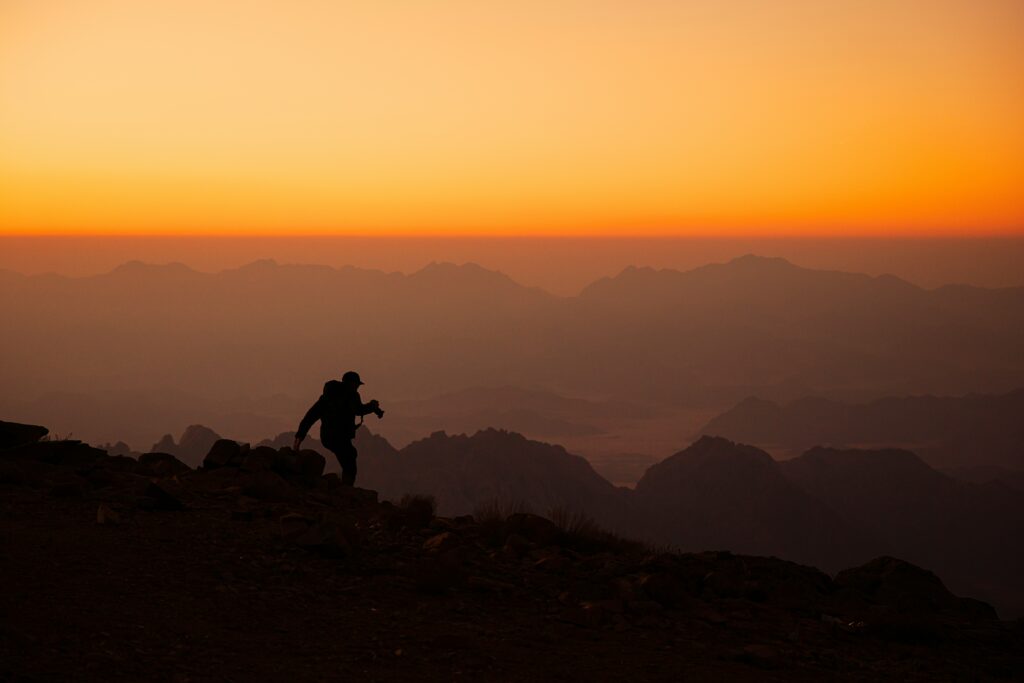
Understanding Volcanic Terrain
Volcanic regions can vary greatly. Some might have rocky landscapes, while others are covered in loose ash or hardened lava flows. Understanding the specific conditions of the area you plan to hike will help you choose the appropriate gear.
- Rocky Terrain
- Gear Focus: Sturdy hiking boots with good ankle support and durable soles are essential. Consider bringing trekking poles for added stability.
- Loose Ash
- Gear Focus: Respiratory protection is critical here. Ensure your mask fits well and can filter fine particles. Gaiters can prevent ash from entering your boots.
- Lava Flows
- Gear Focus: Wear clothing that can withstand sharp edges. A multi-tool might be handy for navigating or clearing small obstacles.
Weather Conditions
Volcanic regions can also have extreme weather variations. Here’s how to prepare:
- Hot and Dry
- Gear Focus: Lightweight, moisture-wicking clothing, plenty of water, and sun protection are vital. A wide-brimmed hat can offer extra protection from the sun.
- Cold and Windy
- Gear Focus: Layered clothing to keep warm, windproof outer layers, and insulated gloves and hats. Ensure your first aid kit includes items to treat cold-related injuries.
- Wet and Rainy
- Gear Focus: Waterproof clothing and boots, a backpack cover, and quick-dry clothes. Keep electronic devices in waterproof bags.
Altitude
High altitudes can impact your physical performance and health. Preparing for this involves:
- Gear Focus: Adequate hydration systems to combat altitude-induced dehydration, energy-boosting snacks, and layers to adjust to temperature changes. Consider carrying an oxygen canister if you’re going very high.
Factors to Consider When Choosing Gear
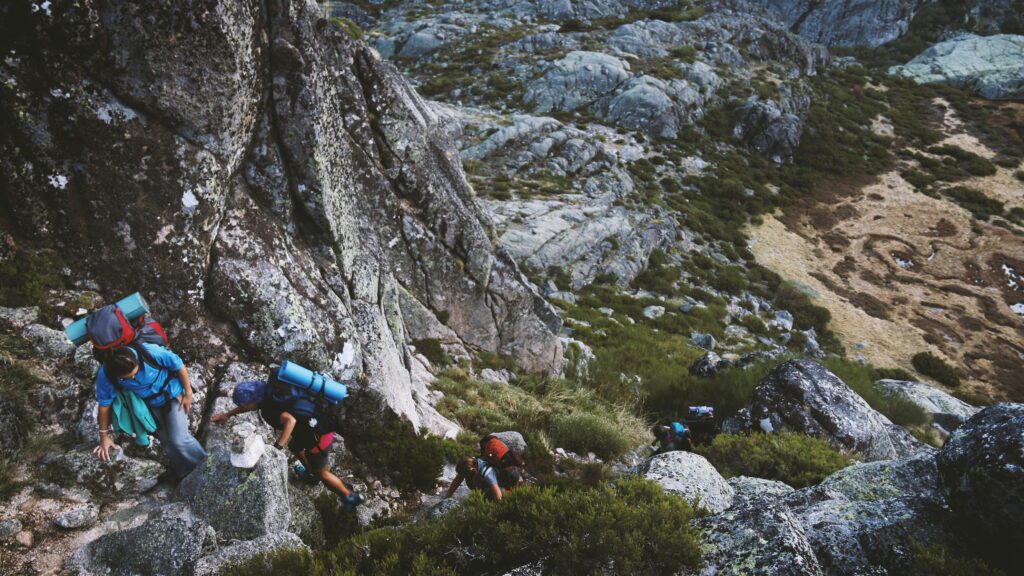
- Durability: Choose gear made from high-quality materials that can withstand harsh conditions. Durability is especially important for items like boots, backpacks, and outerwear.
- Weight: Opt for lightweight gear to keep your load manageable. However, balance this with the need for durability and functionality.
- Comfort: Comfort is key for an enjoyable hike. Try on gear before buying to ensure a good fit. This is particularly important for boots, backpacks, and clothing.
- Functionality: Each piece of gear should serve a clear purpose. Multifunctional items can save space and weight in your pack.
- Adaptability: Look for gear that can adapt to different conditions. For example, clothing that can be layered, or backpacks with adjustable compartments.
- Safety Features: Prioritize safety features in your gear. This includes reflective elements on clothing and backpacks, reliable locks on multi-tools, and effective filtration in masks.
- Ease of Use: Gear should be easy to use, especially in challenging conditions. Practice using complex items like GPS devices and multi-tools before your hike.
- Cost: While it’s tempting to go for the cheapest option, investing in quality gear can save money in the long run by avoiding replacements and repairs.
Conclusion
Choosing the right hiking safety gear for a volcanic hike requires careful consideration of the terrain, weather, and specific conditions you’ll face. By investing in high-quality, durable, and functional gear, such as sturdy boots, breathable clothing, and respiratory protection, you can ensure a safe and enjoyable hiking experience amidst volcanic landscapes. Always prioritize safety and comfort, and tailor your gear selection to the unique challenges of volcanic hiking, including potential ash hazards and varying altitudes. With the right preparation, including thorough research and checking weather forecasts, you’ll be equipped to tackle any volcanic trail with confidence.
If you’re eager to experience volcano hiking and are looking for tour packages in Guatemala, consider reaching out to Tropicana. They offer comprehensive tour packages to volcanoes like Pacaya and Acatenango, providing guided hikes and ensuring safety throughout the journey. Additionally, Tropicana offers accommodation options in Antigua Guatemala, a charming city known for its proximity to several volcanoes and rich cultural heritage. Whether you’re a novice or an experienced hiker, Tropicana can help you make the most of your volcano hiking adventure in Guatemala.


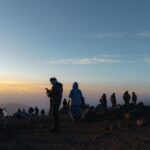 Previous Post
Previous Post Next Post
Next Post